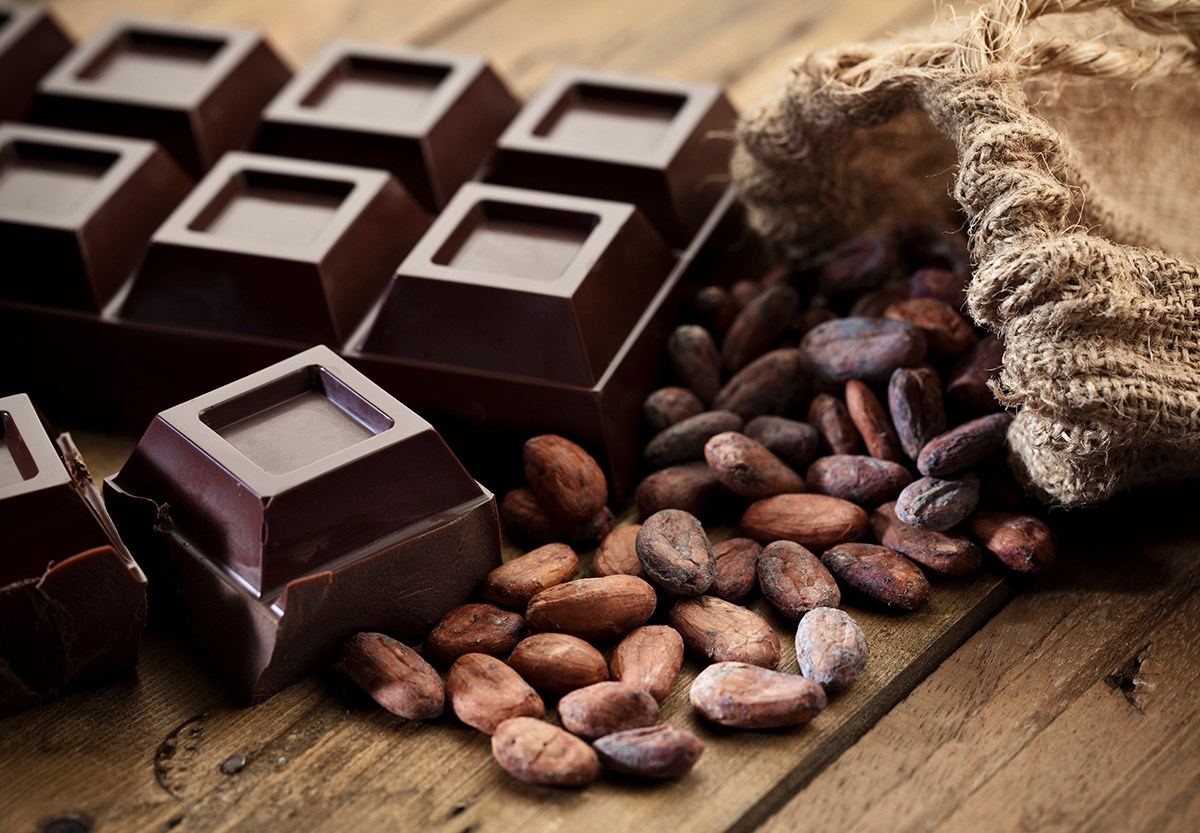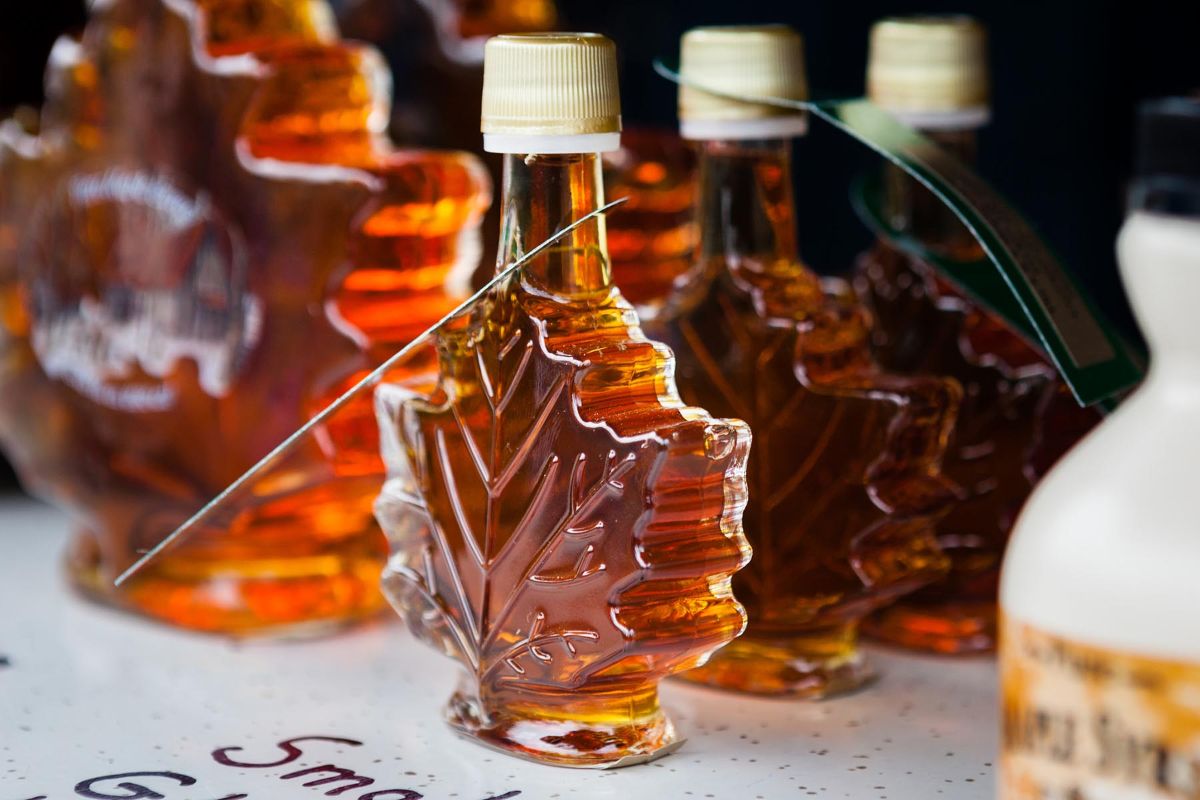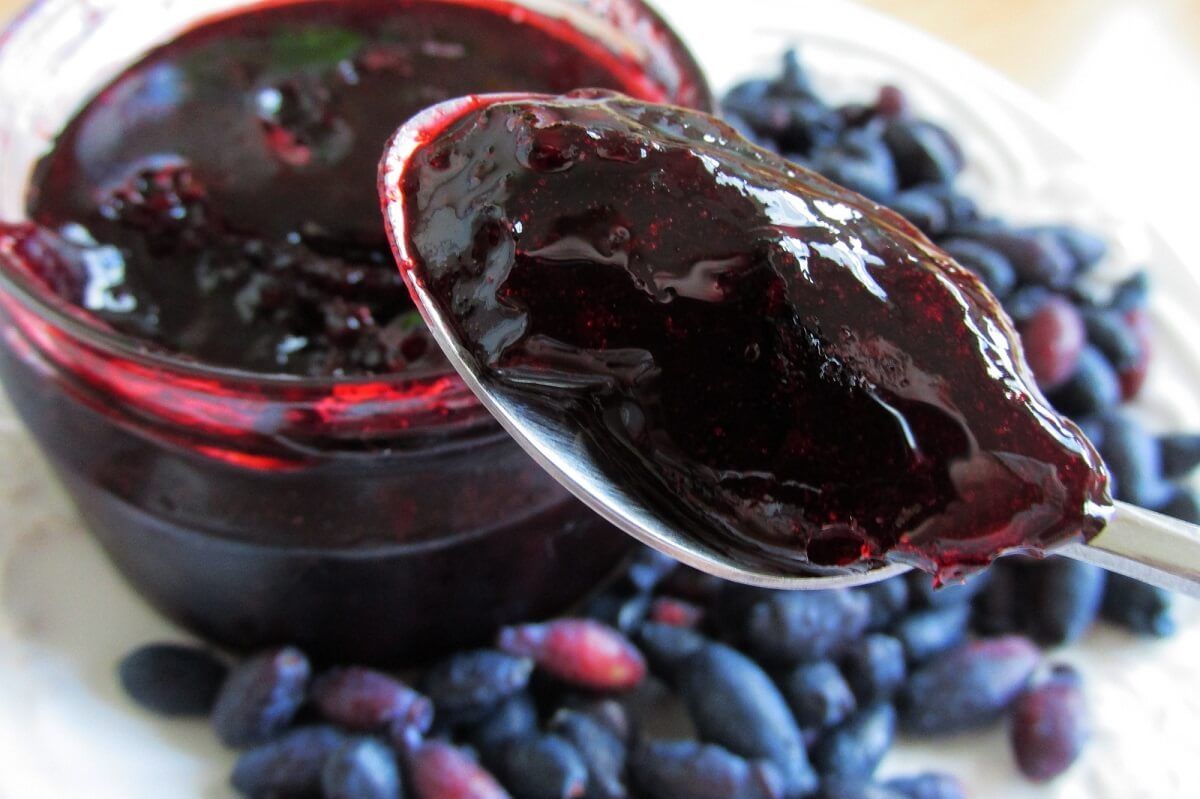How oatmeal cookies are useful for health — 5 proven properties and a homemade recipe
Oatmeal cookies are an ancient sweet that was first made in Scotland at the turn of the 17th and 18th centuries.
The main ingredient of cookies is oatmeal. They saturated proteins and valuable fats, vitamins (B1, B2, B5, B6, B9, B12) and minerals (manganese, phosphorus, magnesium, iron, calcium). The balanced composition makes oats an ideal component of any dish.
Properly cooked oatmeal cookies will bring exceptional health benefits, as they will preserve all the biological properties of oats.
5 useful properties
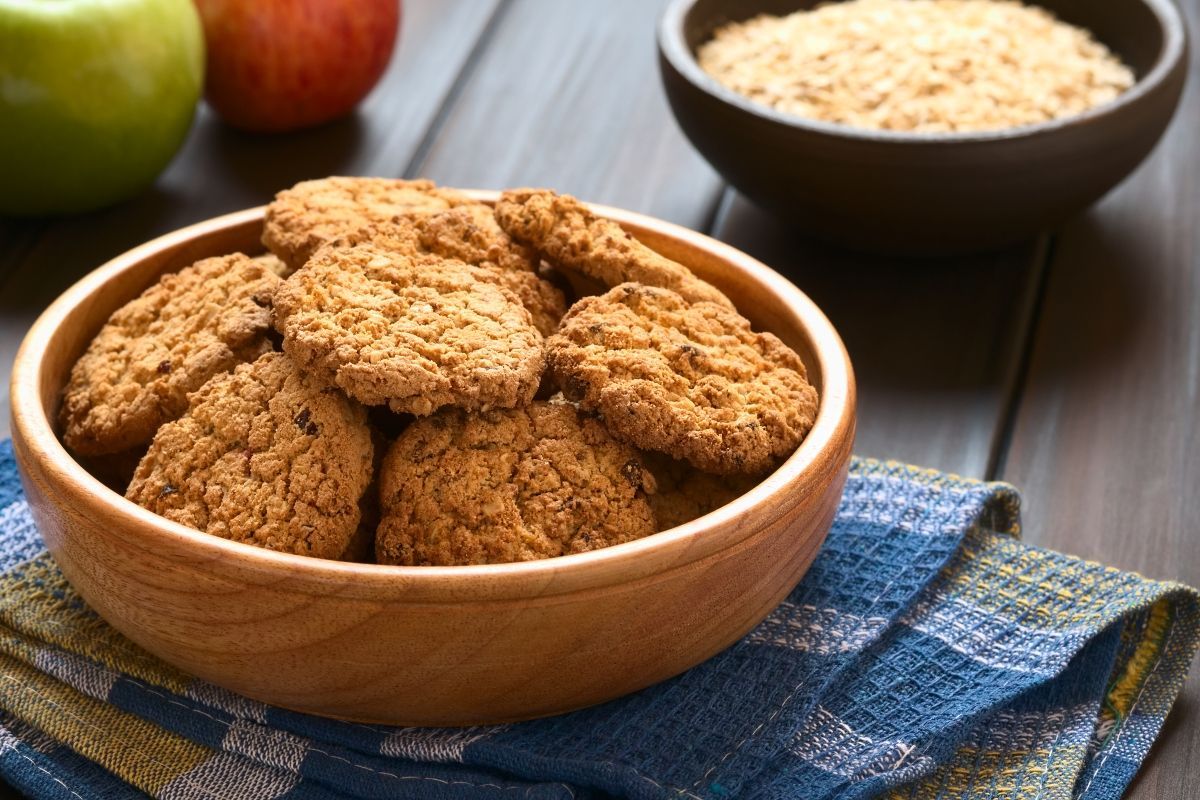
Let's look at the main useful properties of oatmeal cookies (based on scientific sources of information).
1. Reduces cholesterol levels
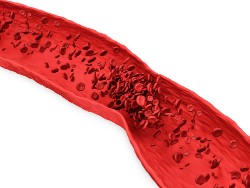 Heart and vascular diseases occupy a leading position in terms of prevalence and mortality worldwide. In some cases, elevated cholesterol levels act as a provoking factor.
Heart and vascular diseases occupy a leading position in terms of prevalence and mortality worldwide. In some cases, elevated cholesterol levels act as a provoking factor.
High concentration of cholesterol, as well as its atherogenic fractions (LDL, TAG), contributes to the appearance of atherosclerotic plaques on the walls of arteries, leading to partial or complete blockage of blood flow. This is how diseases such as coronary heart disease, myocardial infarction, stroke, and chronic cerebral ischemia develop.
According to research, oat beta-glucans can reduce the content of total cholesterol and LDL in the blood.
Canadian experts even offer use oats for medical purposes as a lipid-lowering agent.
Oat flakes enhance the excretion of cholesterol through the gastrointestinal tract and inhibit its reabsorption. The effect is currently widely studied.
2. Reduces blood sugar content
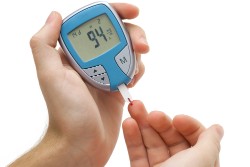 The development of type II diabetes mellitus is based on a decrease in the ability of peripheral tissue cells (fat and muscle) to respond to changes in blood insulin levels.
The development of type II diabetes mellitus is based on a decrease in the ability of peripheral tissue cells (fat and muscle) to respond to changes in blood insulin levels.
As a result, the efficiency of the capture and absorption of glucose molecules from the blood decreases and there is a tendency to a constantly increased concentration of sugar.
Chinese scientists count that oatmeal directly affects insulin receptors, increasing their sensitivity to insulin.
French specialists celebrate another valuable ability of oats is to slow down the absorption of carbohydrates from the intestinal lumen.
As a result, there are no sharp fluctuations in blood sugar levels after eating oatmeal cookies, even if they are rich in sugar.
3. Increases the attractiveness of the skin
 Back in 2003, the FDA (USA) approved
oatmeal as an effective skin care product.
Back in 2003, the FDA (USA) approved
oatmeal as an effective skin care product.
Oatmeal cookies, due to the presence of oats in the composition, increases the smoothness and elasticity of the skin, promotes its hydration, eliminates fine wrinkles.
Cookies can also be used for the prevention and therapy of infectious and inflammatory processes in the skin and subcutaneous tissue. It depressing growth and reproduction of bacterial agents, fights itching.
4. Strengthens the immune system
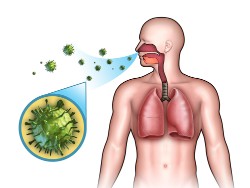 Oatmeal, being the main component of cookies, has a positive effect on
the work of the immune system
. She
Enhances
activity of cells capable of phagocytosis (macrophages, neutrophils, natural killers).
Oatmeal, being the main component of cookies, has a positive effect on
the work of the immune system
. She
Enhances
activity of cells capable of phagocytosis (macrophages, neutrophils, natural killers).
As a result, the human body's resistance to the introduction of foreign viruses and bacteria, fungi and protozoa from the external environment increases.
The product can also be useful during radiation therapy or prolonged exposure to radiation pollution.
5. Helps with constipation
 Oatmeal cookies contain soluble and insoluble dietary fiber. Fiber, according to the works of scientists from Australia, improves
motor evacuation function of the smooth muscles of the intestine.
Oatmeal cookies contain soluble and insoluble dietary fiber. Fiber, according to the works of scientists from Australia, improves
motor evacuation function of the smooth muscles of the intestine.
The well-coordinated work of the digestive tube contributes to timely and adequate bowel emptying.
Cookies are recommended to be included in the diet of elderly people who have constipation – a frequent occurrence.
Contraindications
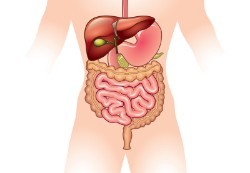 Oatmeal cookies are a delicious and healthy food product. However, in isolated cases, it can cause significant harm to health. Side effects include:
Oatmeal cookies are a delicious and healthy food product. However, in isolated cases, it can cause significant harm to health. Side effects include:
- Exacerbation of gallbladder diseases . Oatmeal cookies increase the muscle tone of the gallbladder wall, which can cause an exacerbation of chronic cholecystitis or biliary colic.
- Dyspeptic disorders . They are associated with a significant intake of dietary fiber into the intestine at the same time. They manifest in the form of bloating, constipation or diarrhea.
- Obesity . Oatmeal cookies are a high–calorie product. If consumed abundantly, it can lead to the formation of excess fat deposits or obesity.
- Allergy. It is caused by the sensitization of the body to venin and other proteins. Allergopathologies manifest themselves mainly in the form of intestinal disorders (diarrhea, nausea, bloating).
Oatmeal cookies can be eaten during pregnancy, and it can also be given to children from 4-6 years old. It contains all the necessary vitamins and minerals, in particular folic acid (vitamin B12), which prevents the formation of neural tube defects in the fetus.
Cooking recipe
Cookies are easy to make at home. You will need:
- 150 grams of oatmeal;
- 100 grams of butter;
- 60 grams of granulated sugar (stevia can be used instead of sugar);
- 50 grams of raisins;
- 1 chicken egg;
- 1 tsp vanilla;
- ½ tsp baking soda;
- ½ tsp cinnamon;
- 1 pinch of salt.
Cooking recipe:
- Leave the butter for 2-3 hours at room temperature. Mash with a spoon and mix with vanilla.
- Beat 1 egg and mix with butter and vanilla.
- Mix all remaining ingredients separately, add butter and egg to the mixture. Mix everything well until a homogeneous consistency is obtained.
- Roll small balls out of the resulting dough. Place on greased parchment on a baking sheet. The distance between the balls should not be less than 4-5 cm, the diameter of the balls themselves should be about 3-6 cm.
- Put in the oven (preheated to 200 degrees in advance) and bake for about 15 minutes until an elastic crust forms.
- The dish is ready.
Tips for use
Let's focus on the key subtleties of using oatmeal cookies, allowing you to unlock its biological potential to the fullest:
- How to store . After purchase or home cooking, cookies can be stored in any airtight container for up to 2-3 weeks. The air temperature is from 5 to 25 ° C.
- How much can I eat . It is not recommended to consume more than 75-100 grams of cookies at a time and more than 200 grams per day.
- When you can eat. Oatmeal cookies are preferably eaten in the morning for breakfast or after lunch.
- What to combine with . The product can be consumed as a separate dish, perfectly harmonizes with milk and milk drinks, tea.
Conclusion
- Oatmeal cookies are a useful product that reveals the biological properties of oats. It gives the body a lot of vitamins, minerals and antioxidants.
- When taking cookies, the health of the heart and blood vessels improves, the risk of developing type II diabetes decreases, and immunity is strengthened. The product normalizes the condition of the skin, and also effectively eliminates constipation.
- When using cookies, side effects may develop. It is recommended to carefully include the product in the diet and normalize consumption in order to avoid health risks.

